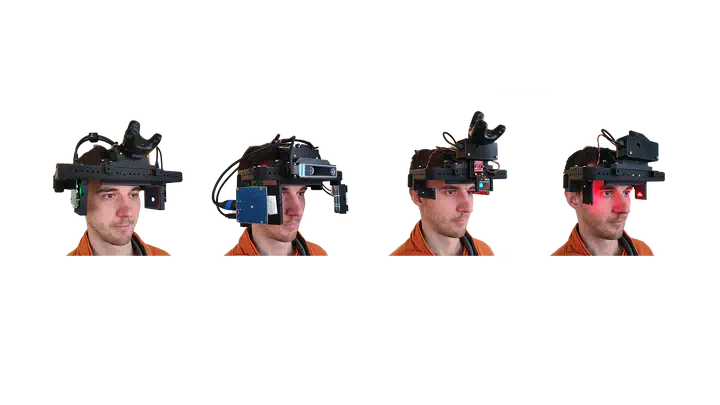MoPeDT: A Modular Head-Mounted Display Toolkit to Conduct Peripheral Vision Research

Abstract
Peripheral vision plays a significant role in human perception and orientation. However, its relevance for human-computer interaction, especially head-mounted displays, has not been fully explored yet. In the past, a few specialized appliances were developed to display visual cues in the periphery, each designed for a single specific use case only. A multi-purpose headset to exclusively augment peripheral vision did not exist yet. We introduce MoPeDT: Modular Peripheral Display Toolkit, a freely available, flexible, reconfigurable, and extendable headset to conduct peripheral vision research. MoPeDT can be built with a 3D printer and off-the-shelf components. It features multiple spatially configurable near-eye display modules and full 3D tracking inside and outside the lab. With our system, researchers and designers may easily develop and prototype novel peripheral vision interaction and visualization techniques. We demonstrate the versatility of our headset with several possible applications for spatial awareness, balance, interaction, feedback, and notifications. We conducted a small study to evaluate the usability of the system. We found that participants were largely not irritated by the peripheral cues, but the headset’s comfort could be further improved. We also evaluated our system based on established heuristics for human-computer interaction toolkits to show how MoPeDT adapts to changing requirements, lowers the entry barrier for peripheral vision research, and facilitates expressive power in the combination of modular building blocks.